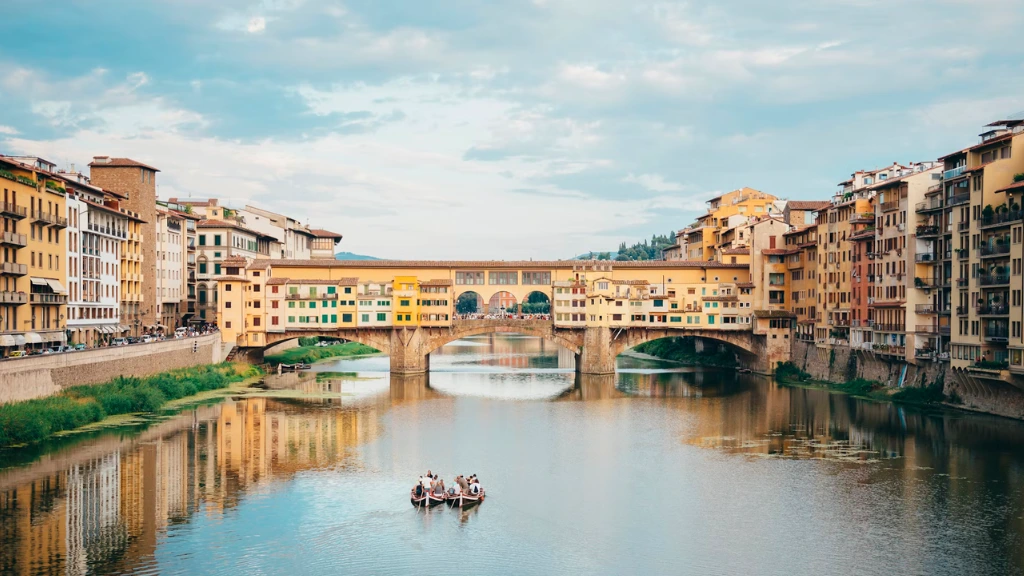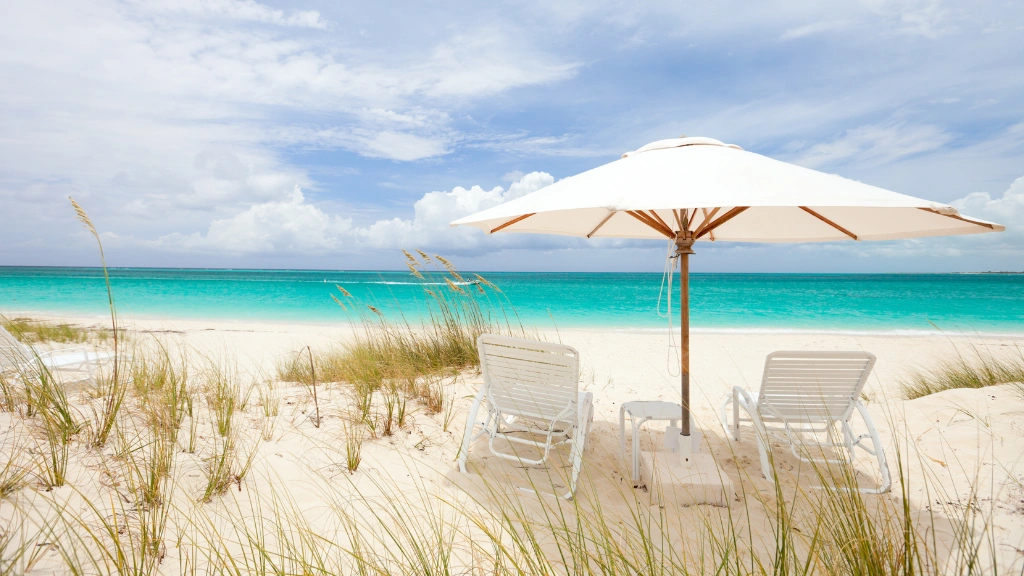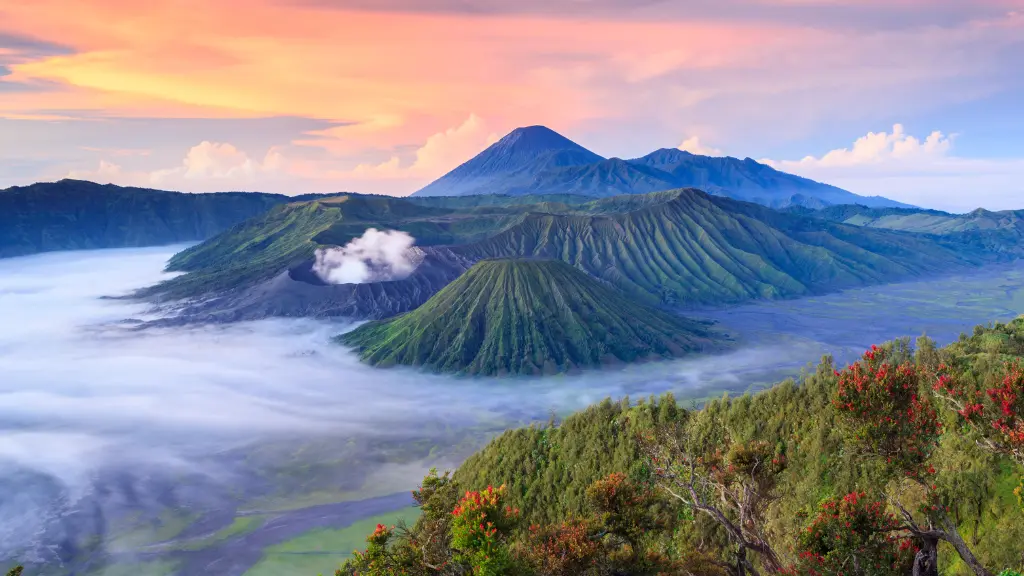Tuscany, with its rolling hills, Renaissance art, and world-class wine, is a region that lives up to its enchanting reputation. As you prepare to visit, a few essential tips can help you experience Tuscany at its best and avoid common travel pitfalls.
Whether you’re visiting for the wine, the art, or the breathtaking landscapes, here’s what you should know before embarking on your Tuscan journey.
You May Also Like: Is It Bad to Wash Your Hair Every Day? 5 Facts You Should Know
1. The Best Time to Visit Tuscany
While Tuscany is beautiful year-round, the best time to visit largely depends on what you want to do. Spring (April to June) and fall (September to October) offer pleasant weather, fewer tourists, and vibrant festivals. These months are perfect for exploring vineyards, hiking, or enjoying local festivals without the intense summer crowds. Summer, especially July and August, can be very busy and hot, but it’s also when many local events are in full swing.
Tip: If you’re hoping to see Tuscany’s famous sunflower fields, late June to early August is the best time to go.
2. Know Your Transportation Options
Tuscany’s beauty is best explored by car, allowing you to reach remote hilltop towns and vineyards at your own pace. However, driving through Tuscan roads can be tricky, especially if you’re not familiar with narrow, winding streets. For those not keen on driving, trains and buses connect major cities like Florence, Pisa, and Siena, but public transit is limited in rural areas.
Tip: If driving, keep an eye out for “Zona Traffico Limitato” (ZTL) zones in historic city centers, where driving is restricted to locals to reduce congestion.
3. Local Etiquette and Customs
Italians value politeness and punctuality, and in Tuscany, taking a relaxed pace is part of the charm. When entering shops or restaurants, greet staff with a “buongiorno” (good morning) or “buonasera” (good evening) to start things on the right note. Tuscans also value their traditional food culture, so try the local specialties and avoid asking for substitutions.
Tip: Tipping is appreciated but not mandatory. Most restaurants include a “coperto” (cover charge) in the bill, so adding a small tip of a few euros is a nice gesture.
4. Be Prepared for Seasonal Festivals
One of the most rewarding ways to experience Tuscany is through its local festivals. From the world-famous Palio horse race in Siena (held in July and August) to the Truffle Festivals in San Miniato in the fall, Tuscan festivals celebrate everything from historic battles to culinary specialties.
Tip: Plan your trip around one of these events for a truly authentic experience. However, be prepared for bigger crowds during these times.
5. Learn About the Wines
Tuscany is world-renowned for its wines, particularly Chianti, Brunello di Montalcino, and Vino Nobile di Montepulciano. If you’re a wine lover, set aside time to explore the vineyards and wineries of Chianti or Montalcino. Many wineries offer tours and tastings, giving you a chance to learn about the winemaking process and taste some of the finest wines Tuscany has to offer.
Tip: Booking winery tours in advance is recommended, especially during peak season.
6. Tuscan Food and Dining Tips
Food is an art form in Tuscany, and each town or city may have its own specialty. From the hearty ribollita soup and bistecca alla Fiorentina to pici pasta, Tuscan cuisine is deeply rooted in local ingredients. Italians dine later than Americans, with lunch typically starting around 1:00 PM and dinner around 8:00 PM.
Tip: Try to make reservations for dinner, especially in popular towns like Florence and Siena, to avoid long waits.
7. Currency and Payment Methods
Italy uses the euro, and while credit cards are widely accepted, some smaller restaurants and shops may only take cash. ATMs are common, and it’s generally a good idea to have some euros on hand, especially if you’re planning to explore smaller towns.
Tip: When using ATMs, avoid dynamic currency conversion, which offers to charge you in USD instead of euros, as it often involves higher fees.
8. Understanding the Art and Architecture Scene
Tuscany is a haven for art lovers, especially in cities like Florence, known as the birthplace of the Renaissance. Key sites, such as Florence’s Uffizi Gallery, Accademia, and Duomo, offer a journey through Renaissance art and architecture. To avoid long lines, consider purchasing tickets in advance or joining a guided tour.
Tip: Many museums are closed on Mondays, so plan accordingly to maximize your time visiting art and historical sites.
9. Embrace the Tuscan Countryside
While Tuscany’s cities are stunning, the countryside is equally enchanting. From the vineyards of Chianti to the rolling hills of Val d’Orcia, rural Tuscany is perfect for hiking, biking, and leisurely drives. This is where you’ll find the quintessential Tuscan landscapes and charming medieval towns.
Tip: Agriturismos (farm stays) are a great way to experience the Tuscan countryside and are often more affordable than city hotels.
10. Language Basics
Though many people in Tuscany speak English, especially in tourist areas, learning a few basic Italian phrases goes a long way. Simple words like “grazie” (thank you), “per favore” (please), and “scusi” (excuse me) can help enhance your experience and are often appreciated by locals.
Tip: Consider downloading an offline language app to help with translations if you plan to visit remote towns where English may not be as widely spoken.
11. Be Aware of Dress Codes in Religious Sites
Italy’s rich religious heritage means that many of its stunning cathedrals, like Florence’s Duomo and Siena’s Cathedral, have dress codes. Modesty is key, so avoid wearing shorts or sleeveless tops when visiting these sites. Carry a scarf or light shawl to cover up if needed.
Tip: Some sites may provide coverings at the entrance, but having your own scarf or shawl on hand is a convenient solution.
12. Packing Tips for Tuscan Weather
Tuscany’s weather varies by season and region, so packing appropriately will ensure comfort throughout your trip. Summers are warm and can get quite hot, so lightweight, breathable clothing is essential. Fall and spring can bring cooler evenings, so a light jacket is recommended. Winters are mild, but if you’re visiting mountainous regions, be prepared for colder temperatures.
Tip: Comfortable walking shoes are essential, as Tuscany’s cobblestone streets and hilly terrain can be tough on your feet.
Conclusion
Tuscany is a treasure trove of culture, beauty, and history. With a bit of planning, you can enjoy everything this Italian region has to offer, from its breathtaking landscapes to its world-famous art and wine. By embracing local customs, tasting traditional foods, and respecting the region’s pace of life, you’ll create unforgettable memories that capture the essence of Tuscany.










